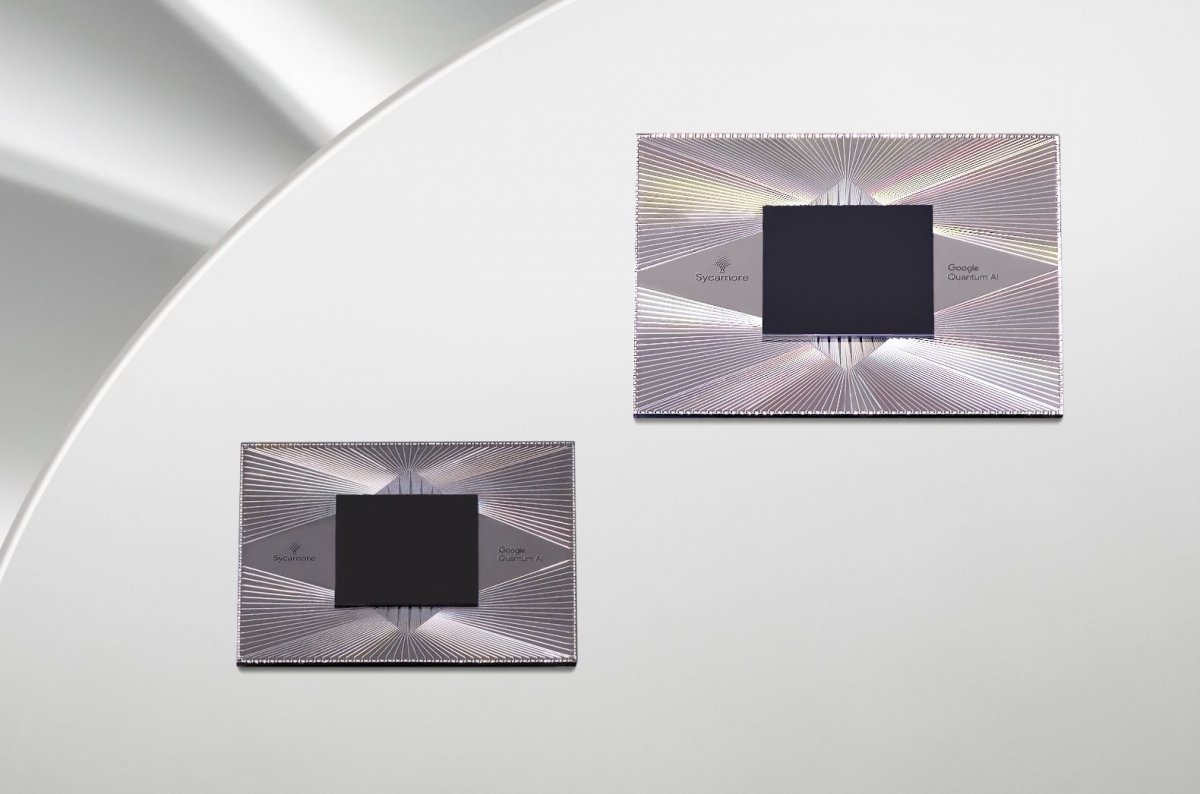In order for quantum computers to solve related problems in the future, for example to solve logistical problems in chemistry or materials research, they must use qubits with low error rates. Google has now published experimental results using logical qubits made of 49 physical qubits that allow for error correction. Thus the developers prove that their large, error-corrected logical qubit actually has a lower error rate than the physically-only 17-qubit variant.
With Google’s third-generation Sycamore quantum chip, the error rate of the qubits it operates on is between 1/100 and 1/10,000 per computation (gate), Hartmut Nevin, Google’s vice president of engineering on the Quantum AI team, reveals in his post. Blog. On the other hand, in order to solve related industrial problems, error rates between 1/10^6 and 1/10^9 must be achieved. Technical improvements of physical qubits alone cannot do this.
Bigger is better
In general, error correction methods should provide more security whenever they include redundant data. in its latest version Google’s team at Neven has shown that it can construct logical qubits from 49 physical qubits, which actually shows a slightly better error rate than logical qubits from 17 physical qubits. However, the new jump in performance was only a hit: in a 25-step calculation, the large error-corrected qubit showed an average error rate of 2.914 percent, while its smaller predecessor in this test setup still had an error rate of 3.028 percent.
One problem is that qubits lose value when they are read. In order to perform quantum error correction (QEC), errors must therefore be detected without measuring the state of the qubits. To create a logical qubit, the researchers used 25 data qubits, all of which represent the content of a logical qubit, and 24 so-called measure qubits, which record the difference between two data qubits without specifying their specific content. This allows the system to read the value of a logical qubit from a coherent physical qubit at the end of the calculation.
The material error rate is still very high
Sundar Pichai, CEO of Google and its parent company Alphabet, explains that the extended logical qubit’s lead over its smaller predecessor is only small by saying that error rates for physical qubits are still generally very high today. However, it was possible to prove that QEC works.
In order to better scale QEC, the coherence and error resolution of physical qubits must be improved across the board, Nevin writes. This includes, for example, further reducing external influences (noise) on the quantum processor and reducing crosstalk between physical qubits during parallel operation.
(Egypt)

“Total coffee aficionado. Travel buff. Music ninja. Bacon nerd. Beeraholic.”






More Stories
How did life begin on Earth? Munich researchers find important clues
How did life begin on Earth? Munich researchers find important clues
Everything related to prevention and treatment